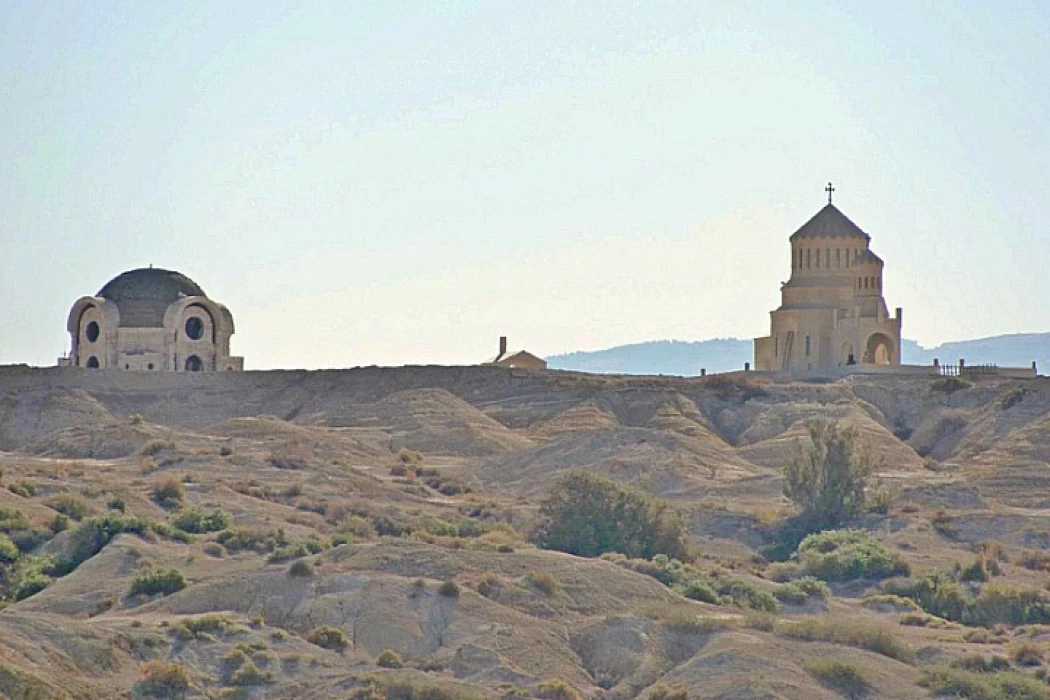
Jordan River - The Site of Jesus' Baptism
The Site of Jesus' Baptism
Al-Maghtas is an archaeological site, to be found in Wadi al-Khararar in the village of Beit Aniya that is located east of river Jordan 9 kilometers north of the Dead Sea, And because of its religious and historical significance, the World Heritage Committee of the United Nations Organization ‘UNESCO’ included it in the World Heritage List in 2015, and in this article, we will discuss Al-Maghtas in more detail and examine its religious as well as its historical significance.
Al-Maghtas includes two primary archaeological zones: Tell al-Kharrar, or the ‘Hill of Mar Elias’ in reference to the Prophet Elijah; and the second zone along the river which contains the ancient Church of Saint John the Baptist as well as ruins of other churches, baptismal tanks and lodgings for the pilgrims.
Roman and Byzantine structures which include churches, chapels and monasteries, caves previously used as hermitages and baptismal fonts also prove the sacredness of the locality. Additionally, the location experiences a number of Christian pilgrims.
Al-Maghtas has a special religious status, as its location is called the ‘House of the Crossing’, meaning that it is the place where the Prophet Elijah passed through and entered the Promised Land, according to the Hebrew Bible, which also described how the Prophet Elijah stood with Elisha at the waters of the Jordan River, and it is also the place associated with the Baptist activities of St John.
Archaeological excavations have revealed that the site of Al-Maghtas was home to many farmers who settled there during the Stone Age around 3500 B.C. It also contains several buildings and pools located on both sides of the buildings that served as a ritual bath for the Jews.
Some archaeological discoveries in the Byzantine and Roman era indicated that Al-Maghtas was a famous pilgrimage site at the beginning of the 6th century. Between 491 and 518 AD, the Byzantine Emperor Anastasius built the first church of St. John the Baptist, and in 614 AD, acts of desolation, floods and earthquakes led to the destruction of that church, which was rebuilt three times.
In the thirteenth century, the Orthodox monastery was built, and the number of pilgrims decreased at that time, but in 1484 AD, the place was in a state of complete desolation, so the decision was made to build a small church, and during the nineteenth century, this church was destroyed by the earthquake that occurred in 1927 AD, and in the 1990s, Al-Maghtas witnessed maintenance and restoration work for the destruction that occurred during past history and was allowed to conduct its own traditional ceremonies since 1985.














